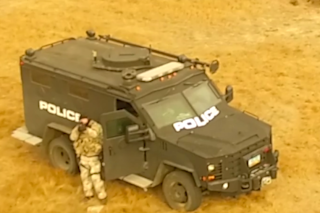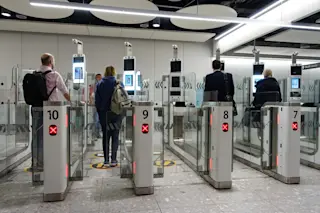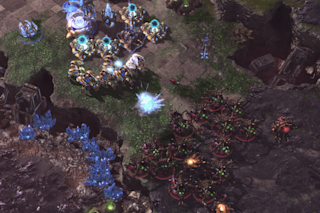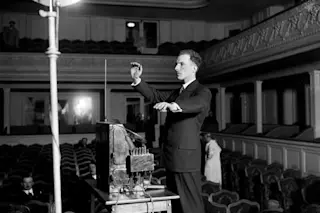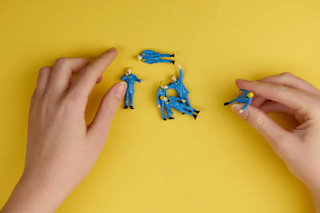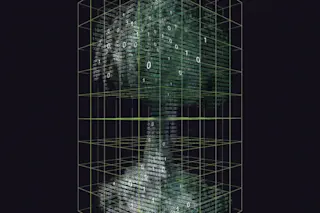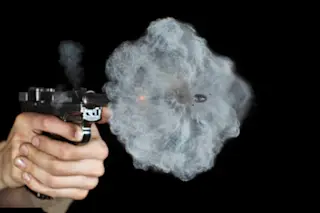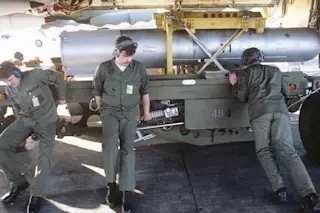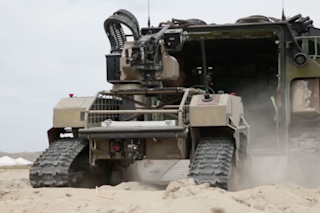Local law enforcement fired shots at consumer drones flying during a Dakota Access Pipeline (DAPL) protest near Mandan, North Dakota, on Sunday morning.
In April, members of the Standing Rock Sioux tribe began protesting the DAPL, which will transfer oil from North Dakota to Illinois, crossing over sacred sites and under the Missouri River. Thousands of other activists, calling themselves water protectors, have joined the protest since — including drone operators.
Dean Dedman Jr., a registered drone pilot behind Dr0ne2bwild Photography and Video, says his drone and two others were in the air when shots were fired. One of the two other drones belonged to Digital Smoke Signals, described as an “Indigenous Social Media & Film” company on its website.
Less-lethal munitions and 12-gauge buckshot rounds caused damage to Dedman’s DJI Phantom 3 Advanced‘s landing gears, while he says Digital Smoke Signals’ drone was reportedly shot down.
Myron Dewey, president ...


